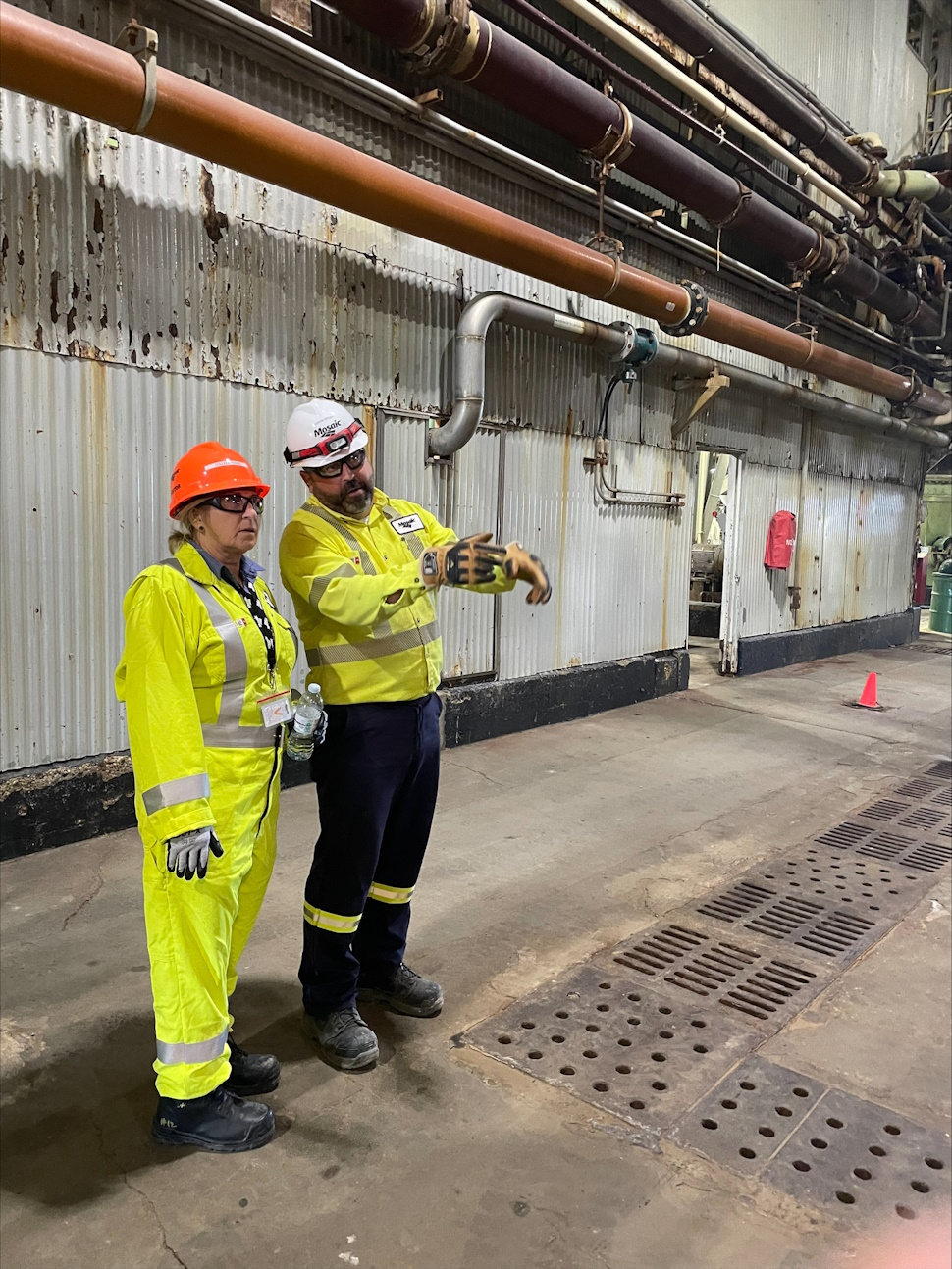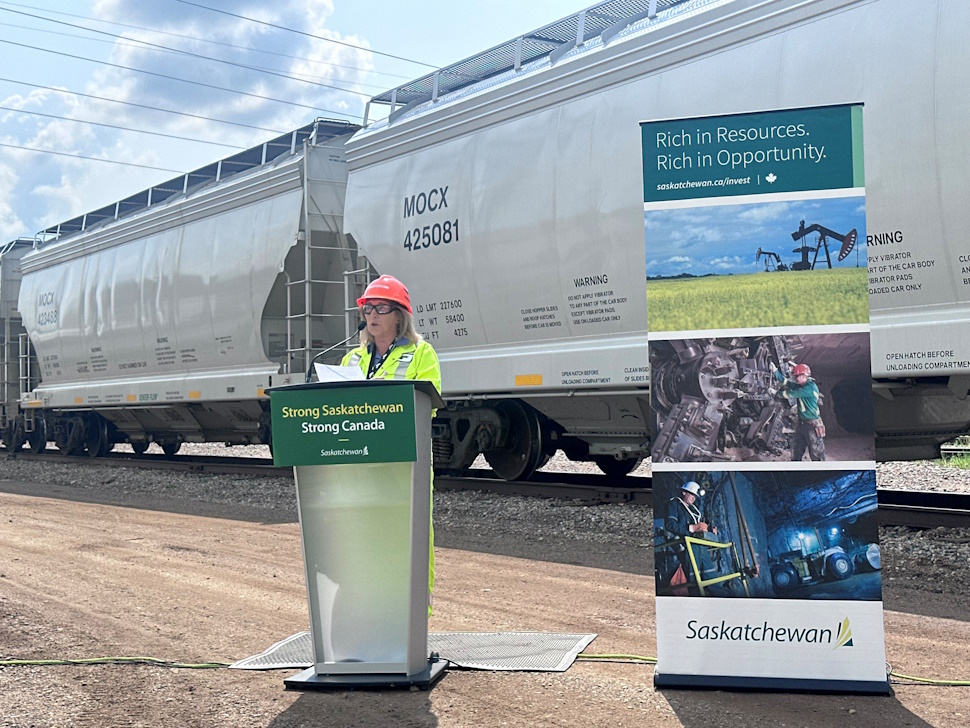Saskatchewan Energy and Resources Minister Colleen Young said the province remains on track to position itself as a global energy and resource superpower — even as wildfires, drought, and geopolitical uncertainty create major challenges for the province’s economy and environment.
Speaking at Mosaic’s Belle Plaine potash mine east of Moose Jaw on Tuesday, Young pointed to rising potash and uranium production, significant oil and gas activity, and growth in emerging sectors like helium, lithium, copper and zinc.
“With Saskatchewan's robust and expanding resource sectors, we are and have been positioning the province to contribute significantly to Canada's emergence as a global energy superpower," Young said.
"As I am sure you've heard befo
re, Saskatchewan does have the food, fuel and fertilizer and critical minerals the world needs. And that statement never seemed more relevant than it does now in our current geopolitical frame. As global demand for these commodities continues to rise, we are positioned for significant growth not just in the coming years, but also throughout the decades to follow."
The province is projecting $7 billion in mining investment this year, claiming Saskatchewan will surpass its 2030 target for mineral exploration by year-end. Saskatchewan remains the world’s largest potash producer, accounting for roughly one-third of global supply, and the second-largest uranium producer globally.
Oil and gas remain cornerstones of the provincial economy, generating $13.5 billion in 2024 and employing approximately 26,000 people.
But Young’s comments come at a tense moment. Saskatchewan’s north is facing what Premier Scott Moe has called an unprecedented wildfire season, with multiple communities evacuated, and his Sask Party is facing intense criticism from some evacuees who say they haven't received the help they were promised.

In the south and southwestern regions, many communities remain locked in a prolonged drought, adding to pressure on agricultural economies. Experts at Environment and Climate Change Canada have confirmed that while such weather events have always occurred, human-driven climate change is aggressively worsening their effects.
Repeatedly pressed about these challenges during a media scrum following the main event, Young maintained that Saskatchewan’s natural resource producers are environmentally responsible.
“Industries in our province are very environmentally conscious and always working toward reducing methane and GHG emissions and all the rest of that,” she said.
Meanwhile, trade relationship uncertainties seem likely to continue at least as long as Donald Trump is in office in the United States.
Young used the event to critique federal regulatory frameworks, calling for faster and more predictable approval processes for resource projects and infrastructure.
“We haven’t had any new pipelines introduced in the last 10 years due to the federal regulatory environment... Rail capacity needs to expand so producers like Mosaic can get product to global markets,” she said.
The government says Saskatchewan has attracted over $500 million in helium investment to date, with the first commercial lithium production expected later this year. New copper and zinc mines could come online by 2026.
Pam Schwann, president of the Saskatchewan Mining Association, echoed Young’s focus on red tape, saying companies need confidence in approval timelines.
“It shouldn’t take 15 years for a mine to be approved for production,” Schwann said.
Schwann also highlighted the sector’s economic footprint: 11,000 direct jobs, $1.7 billion in payroll, and more than $3 billion in annual purchases from Saskatchewan businesses — including nearly $900 million from Indigenous-owned companies.
At Belle Plaine, Mosaic officials stressed the company’s contributions to Saskatchewan’s rural economy and global food supply.
While no new local projects were announced, the event reinforced the provincial government’s alignment with the province’s largest fossil fuel, mining, and mineral producers at a time of mounting urgency over environmental policy.
